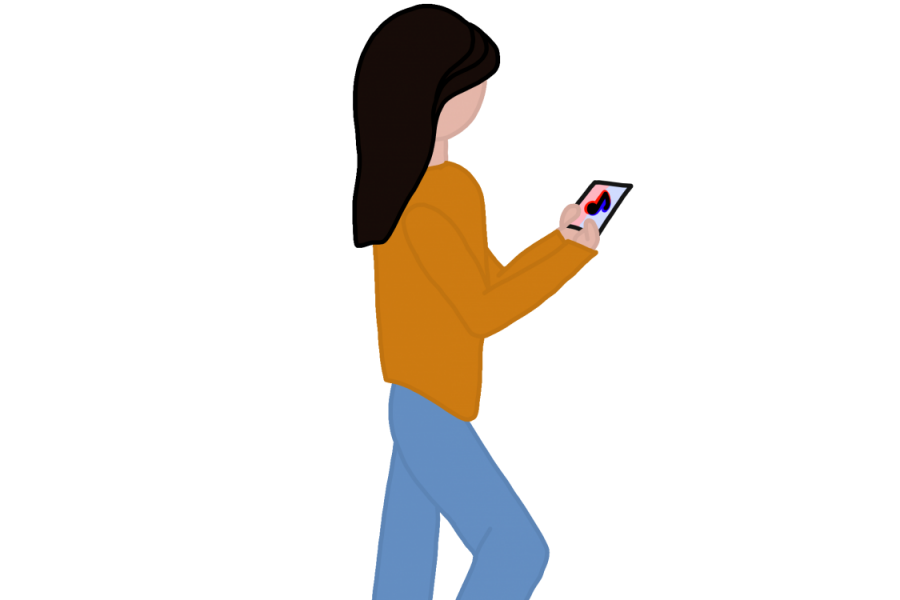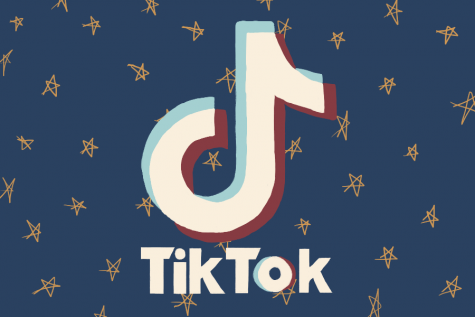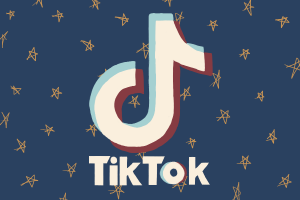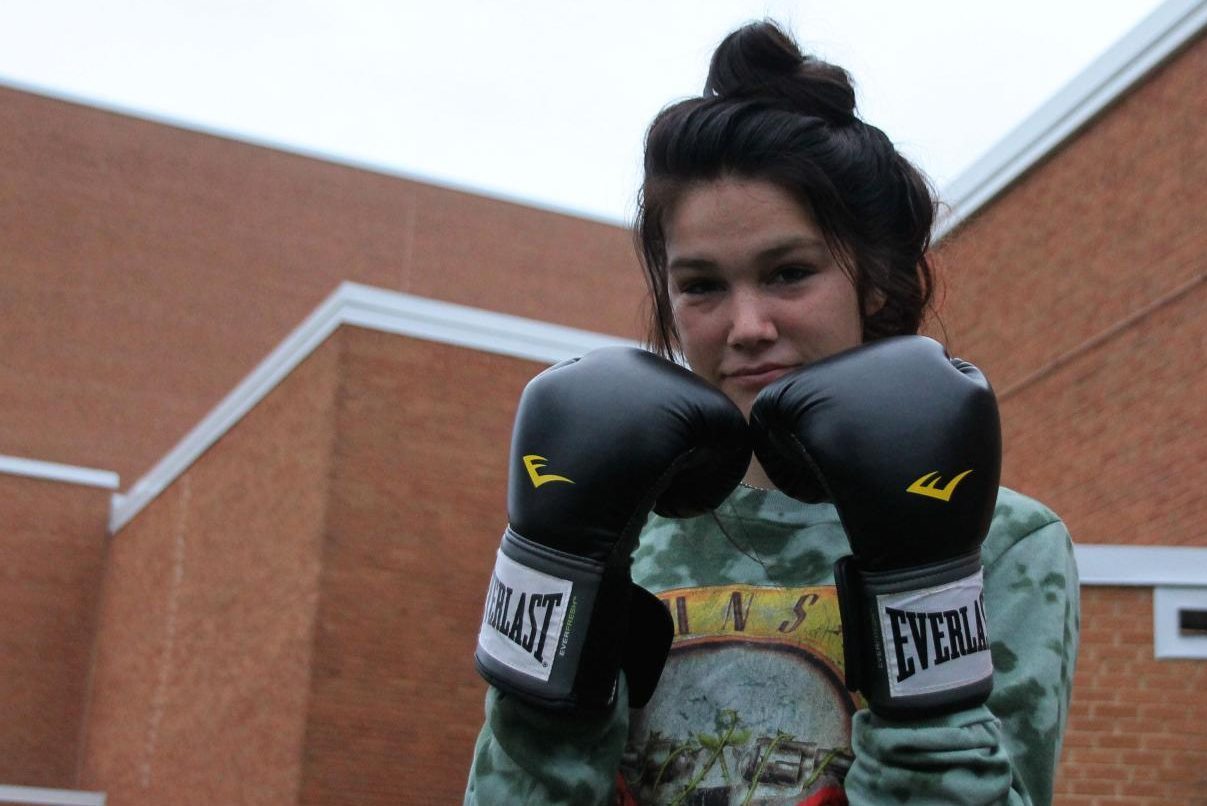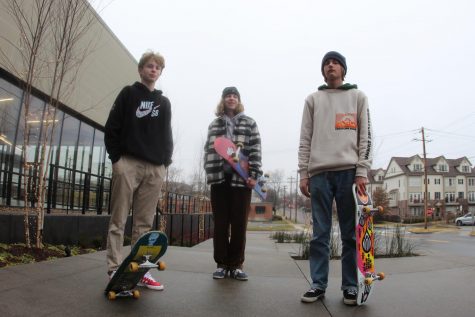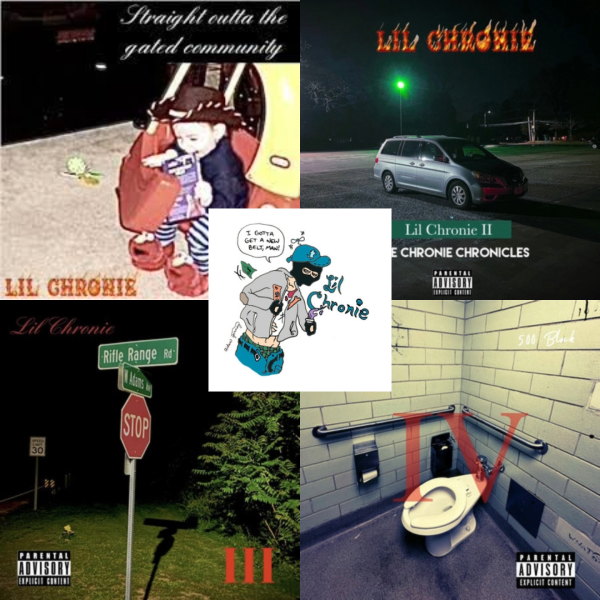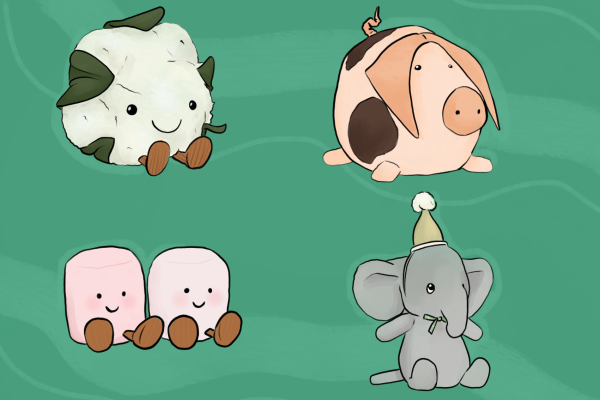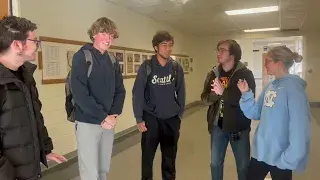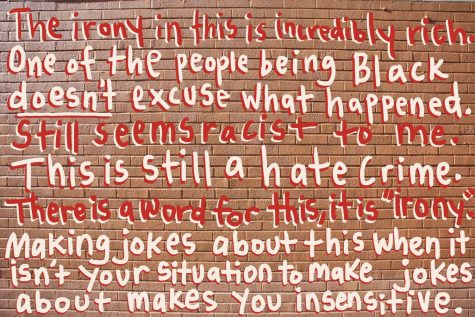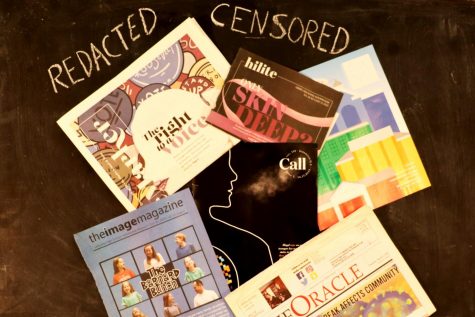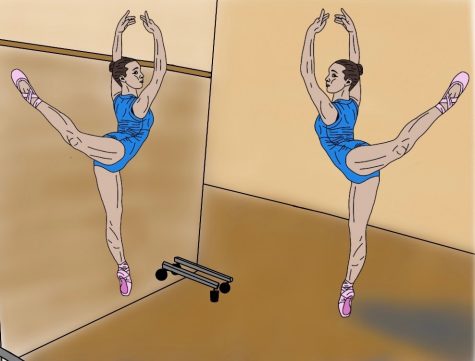TikTok: the snowflake of social media apps
TikTok, once a lip-syncing app with the name Musical.ly, has seen shocking success during the three years it has been living on homescreens. This successful app is like no other, with an extremely flexible algorithm and a diverse variety of content creators. TikTok is seemingly winning the social media race.
From retweeting a Twitter post, to snapchatting a picture of the ceiling to a friend, social media makes an appearance in people’s lives every day. Apps like Facebook, Instagram, Twitter and Snapchat have changed the way people live their life. While issues like mental health, online bullying and inappropriate behavior are an ongoing battle with these apps, a bigger threat is losing relevance. TikTok, once a lip-syncing app with the name Musical.ly, has seen shocking success during the three years it has been living on homescreens. This successful app is like no other, with an extremely flexible algorithm and a diverse variety of content creators. TikTok is seemingly winning the social media race.
According to Cnbc.com, TikTok has been downloaded over two billion times on the app store, with about 700 million active users. Similar to Vine, TikTok content consists of three-60 second videos, allowing users to create anything that falls in the community guidelines. While the short length of the videos is appealing, it can be difficult to maintain an audience’s attention for users who upload multiple-part videos.
“A pro and a con is that the video is [usually] 15 seconds,” Max Pricher, sophomore, said. “On one hand it keeps your attention and you just want to watch more and more and more, [but] on the bad side it makes videos so short people have to make multiple parts, which gets annoying.”
A pro and a con is that the video is [usually] 15 seconds. On one hand it keeps your attention and you just want to watch more and more and more, [but] on the bad side it makes videos so short people have to make multiple parts, which gets annoying.
— Max Pricher
Pricher said he is an active TikTok user, having gained around 5,200 followers since he first downloaded the app in March. His highest performing video sits at around 6,000 likes and 380 comments. The content in the video was Pricher talking to someone who had already known he was gay without him telling them. He said he thinks the video performed so well because it was something other people could relate to. Pricher said he received a lot of comments of users telling their own stories regarding their sexual orientation.
“A lot of people try to make their lives their business and tell other people, and it just gets really annoying, so even if you are straight you can still relate to it in some way,” Pricher said. “All the comments were [people] freaking out and [telling] storytimes, and it was really nice to see everyone relating and having their own story.”
TikTok has many communities within the app, with each user’s “For You” pages unique to the algorithm. “Straight” and “Alt” Tiktok are the two drastcially different sides of the app. Based on the content someone may engage with frequently (liking, commenting and sharing videos), the algorithm might give someone content which aligns with the “Alt,” which brings dark comedy and politics For You pages, or “Straight,” bringing dancing content to users.
“The communities are so diverse and it’s really easy to get into those communities,” Pricher said. “With YouTube you have to watch specific videos to get [into communities], [whereas] with TikTok you just search hashtags and your ‘For You’ page will [give you those videos]. That [aspect] is definitely what makes it so unique — anything you watch is going to be [what you are interested in].”
I’ve met a lot of cool people, [and] I have a few friends that are pretty big creators. I have a few friends that are verified, actually. I have a friend who just got verified on Snapchat and TikTok.
— Pryor Dolan
Pricher said he met a girl from Europe through the app by commenting on a video of hers which ended up on his “For You” page. Soon after he began direct messaging and Snapchatting her. Pryor Dolan, junior and TikTok creator with a following of about 50,000, said he has become friends with a creator who is in a content house. Content houses are groups of TikTok influencers, living under one roof and creating content together. Popular content houses on TikTok are the “Hype House” and the “Sway House.” If not all, most content creators in these houses are verified. Verification helps users easily find creators, without risking finding an imposter account.
“I’ve met a lot of cool people, [and] I have a few friends that are pretty big creators,” Dolan said. “I have a few friends that are verified, actually. I have a friend who just got verified on Snapchat and TikTok.”
Dolan said he is not going to create content for TikTok anymore, but wants to stay in the social media influencer world by possibly posting to YouTube after he graduates. He said his platform and overall content was at its best during 2019. Many users on the app favor “summer 2019 TikTok,” including Anna DeMarco, senior, who has about 300 followers.
“I loved ‘summer 2019 TikTok’ just because I think it was so pure,” DeMarco said. “Everyone was just doing fun little trends and it wasn’t really toxic or anything. I also really liked ‘quarantine TikTok,’ [because] it was keeping everyone entertained at the time.”
The comment section can be really mean. People will leave really hurtful comments so that’s probably the worst part of [TikTok].
— Anna DeMarco
TikTok has changed drastically from what it was only one year ago. As DeMarco mentioned, the app has become increasingly toxic for both active users and big creators.
“The comment section can be really mean,” DeMarco said. “People will leave really hurtful comments so that’s probably the worst part of [TikTok].”
However, the harmful comments on TikTok are not what many users are focused on. People began to make note of President Donald Trump’s threat of banning TikTok in the U.S. as this past summer came to a close. TikTok was a Chinese-owned app, raising the concern that the popular app is violating users’ privacy as well as using their data for heinous purposes. President Trump signed an executive order to remove TikTok from the app store on Sept. 20, 2020. Before the deadline, however, Oracle, a company which sells database software, bought TikTok, allowing for it to remain in the U.S.
“I’m shocked about how badly the government wants to take TikTok down,” Pricher said. “There’s been three scares of TikTok being taken off the app store or it being banned. I think it’s funny that [President Trump] wanted to get rid of it and that we still have it.”
While many fans of the app are relieved that TikTok has not been banned, other social media apps are still holding their breaths. It is no secret how successful TikTok has been, which has caused apps like Instagram to add different features.
“Instagram now has ‘Intsagram Reels’ which is basically a copy off of TikTok,” DeMarco said. “I think a lot of the apps take different features from the others in order to stay [relevant].”
Despite the scare of TikTok possibly being banned in the U.S., the app does not show sign of dying down anytime soon. TikTok has gifted once normal teenagers with millions of followers, encouraging other users to continue creating content in hopes of becoming “famous.”
“It’s kind of interesting how people [go] viral sometimes,” DeMarco said. “I would make some videos with the intention of it going quote-on-quote ‘viral,’ but the one that did get a lot of views was super random. It was something I made to entertain my friends and it ended up getting about 200,000 views, which was really funny.”
Your donation will support the student journalists of Kirkwood High School. Your contribution will allow us to purchase equipment and cover our annual website hosting costs.
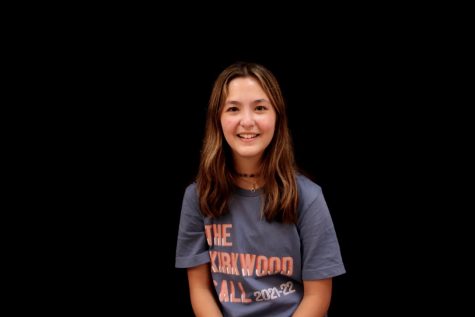
she/her
Hobbies and Interests: writing, baking, hanging out with friends, bullet journaling, watching movies
Favorite song: good 4 u by Olivia Rodrigo
Favorite...

he/them
Hobbies and Interests: I love reading, drawing, hanging out with friends, playing with my dogs, listening to music
Favorite Song: “World's...



